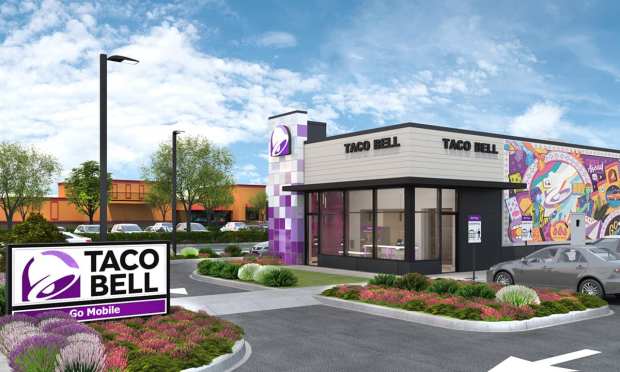Taco Bell Leverages Buzzy Product Drops to Combat Inflation Trade Down

As prices skyrocket, major restaurant brands must work harder to keep their customers from trading down to food-at-home options, and a way they can do so is by leveraging customers’ demand for novelty. Taco Bell, for its part, is relying on maintaining a steady stream of product news to keep consumers engaged.
“If you look at the U.S., I think what’s happened over the last quarter is the low-income consumer pulling back has become more pronounced,” David Gibbs, CEO of restaurant group Yum Brands, parent company of Taco Bell, KFC, Pizza Hut and The Habit Burger Grill, told analysts on a call Wednesday (Aug. 3) discussing the company’s second-quarter earnings results.
He added that the company’s strategy for combatting this trend involves rolling out headline-making menu updates and offering lower-priced options.
“We know the formula to win in any environment for us is to have a lot of brand buzz and product news and to have great value,” Gibbs said. “You can’t pick one of those things — you’ve got to deliver on all three.”
Taco Bell has led the charge among the company’s quick-service restaurant (QSR) brands. Gibbs noted the return of the brand’s popular Mexican Pizza as a key example of the former and the company’s Cravings Value Menu as a demonstration of the latter. In the quarter, the Mexican-inspired QSR brand yielded “industry-leading results” in the U.S. and was the strongest performing chain in Yum’s portfolio.
“All that ended up to a blowout quarter for Taco Bell,” said Gibbs. “The changes in consumer behavior aren’t really going to get us off our game if we stick to our formula.”
Since the start of the third quarter, the company has been continuing with this strategy, launching its Big Cheez-It Tostada and Big Cheez-It Crunchwrap in late June.
Major restaurant brands are taking a range of different approaches when it comes to combatting and/or downplaying to investors the impacts of lower income consumers trading down to food-at-home options. For instance, Starbucks, the world’s largest restaurant company by revenue, shared Tuesday (Aug. 2) that its loyal following, fostered by its reward program, helps protect the brand from this trend.
Read more: Starbucks Invests in New Rewards as Loyalty Members Help Inflation-Proof the Brand
Interim CEO Howard Schultz noted on a call with analysts that the company is “not currently seeing any measurable reduction in customer spending or any evidence of customers trading down,” citing “deep customer engagement and loyalty,” among other features, as protecting factors.
Meanwhile, McDonald’s President and CEO Chris Kempczinski told analysts July 26 that lower-income consumers are shifting to “value offerings and fewer combo meals” but argued that this shift is partially offset by higher-earning consumers’ trade downs from more expensive restaurants.
See more: As Restaurant Prices Rise, Fast Food Chains See Lower-Income Consumers Pinching Pennies
The same day, Chipotle Chairman and CEO Brian Niccol said “the majority” of the brand’s customers are “a higher household income consumer,” such that the company has not been as affected by this trend as it may otherwise have been.
